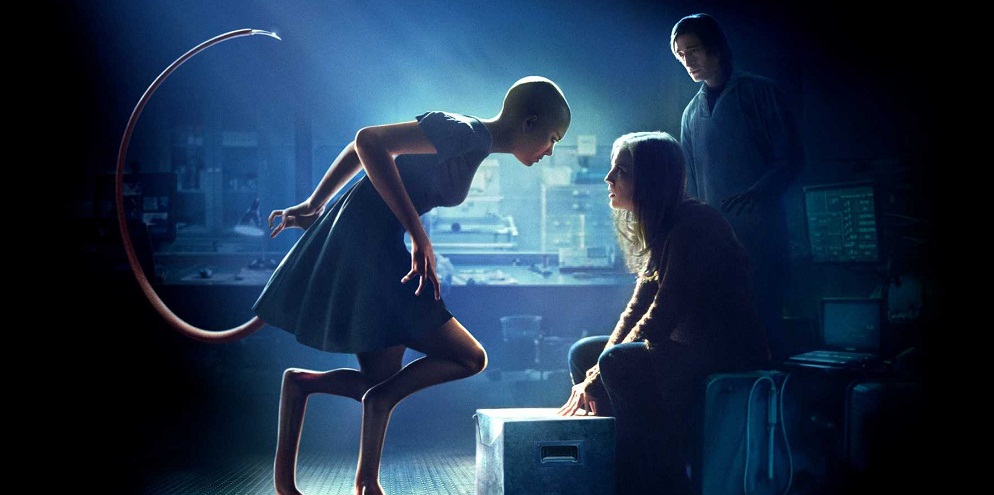

Most loops that you download will be named in such a manner that already tells you the original tempo and key information, so always look at the title for clues. It also includes the Variable Pitch module, which allows you to adjust the pitch of both musical and non-musical audio regions while preserving their time and length. If you want to get much more detailed when it comes to the timing and pitch adjustments of the audio loops you download, RX 7 comes with the unbelievable Variable Time module which lets you adjust the time stretch amount of an audio selection without altering its pitch.

So make sure to pitch the different loops up or down so they all match the same key. The thing that will connect them is tempo and key. You want all your loops to connect into a steady musical language. It's like listening to a bunch of people talk at the same time in completely different languages. Again, you do not want a cacophony of sounds in different keys. Whatever key you chose, you want all the melodic loops to match that. That way you can import a loop into your session, your program will do the tempo matching automatically for you, and you can focus your energy on actually making music!Īnother thing you may have to do is to pitch various loops to match the key of your song. These tools will speed up your work process tremendously, so learn to use them.
SPLICE COM PRO
If you're on a more modern DAW like Ableton or Logic Pro X 10.4 and newer, you'll have built-in tempo syncing tools that can automatically match the tempo of your loop to the tempo of your session without much work on your end. That's where you'll want to time-stretch the various loops to match the tempo of the song you're creating. We want all the loops to play in the same tempo. If you were to layer them on top of each other, you'd get a cacophony of sounds that are completely out of sync. You'll notice that the loops you download from Splice may come at different tempos. This goes back to the article I wrote about taking people on a journey with your song. The one rule I do follow is I make sure that things keep changing in every section. I like to use markers in my session to help me visualize the different sections. Your creativity should be your guide here.

There really aren't many rules around what to do or not do. For example, grabbing a fill or a sound effect from a completely different genre will make your song sound original. Personally, I like mixing and matching sounds from different sample packs, particularly because it allows you to create a unique sound. Once the samples are downloaded to your computer, you can drag them directly into your DAW. Some one-shots (like a kick, a hi-hat hit, a crash effect) and others that had some melodic material to them. Once I made my selections, I downloaded a bunch of sounds. It's a way of tagging your favorite samples so you can easily get back to them later. While previewing all the different sounds, I "hearted" the ones I liked the most. It'll provide a perfect basis for what I want to do. So for starters, I'll go into the Genres section and start browsing through the different sample packs in the Disco category. In the case of this song, I want to create a funky disco-pop tune. You can filter by genre, by tempo, by sound type (loop, one-shot, effect), by key, by style, by tags, by instrument, and much more. In both cases, you have access to powerful search and filtering options. Search for soundsĪs I explained in the previous article, you can either use the website or the Splice app on your computer to browse their collection of sounds.
SPLICE COM HOW TO
In this article, I'll take you through a step-by-step process showing you how to use Splice Sounds on your next song. Since each loop is worth 1 credit, you're effectively given 100 downloads each month. Once you're set up with a subscription, you'll have access to at least 100 download credits each month. The Sounds section is a treasure trove of the highest quality samples you could ask for. In a past article, I introduced you to the amazingness that is Splice. With over 2 million loops, one-shots, and sound effects available on Splice Sounds, the big question is: where do you start? With such a wide selection, your creativity has no limits.


 0 kommentar(er)
0 kommentar(er)
